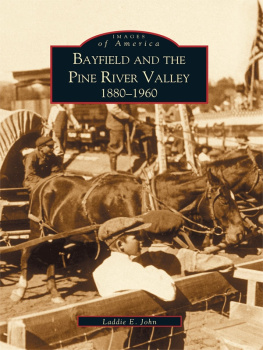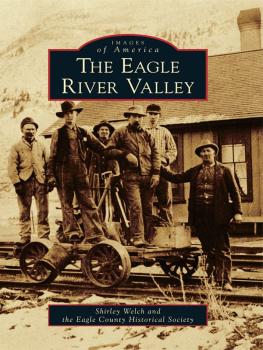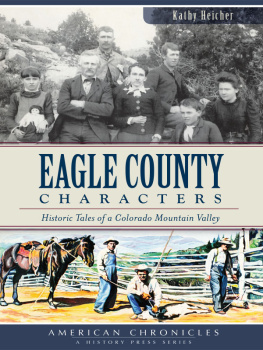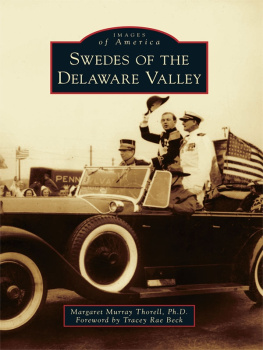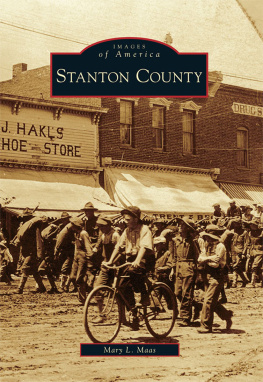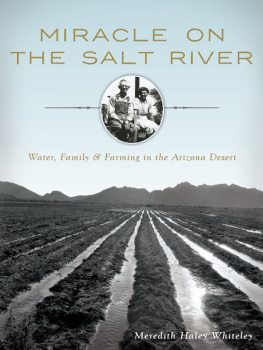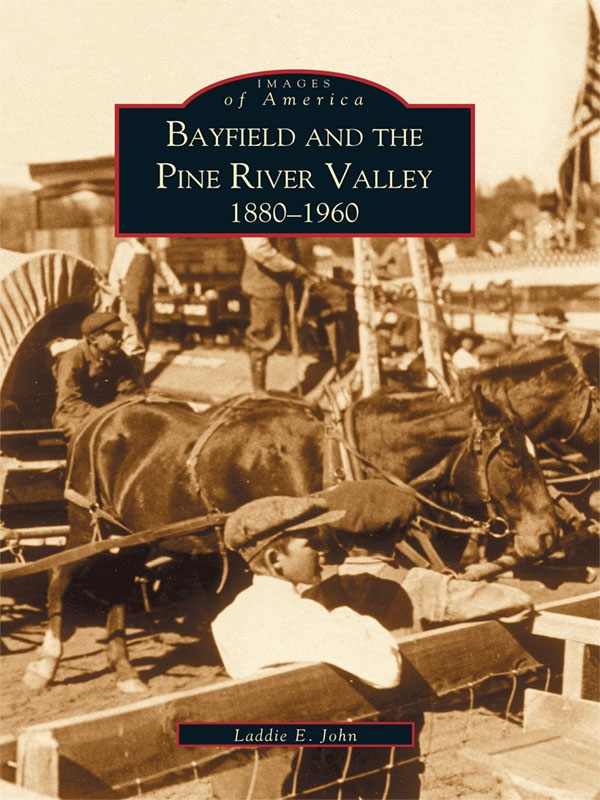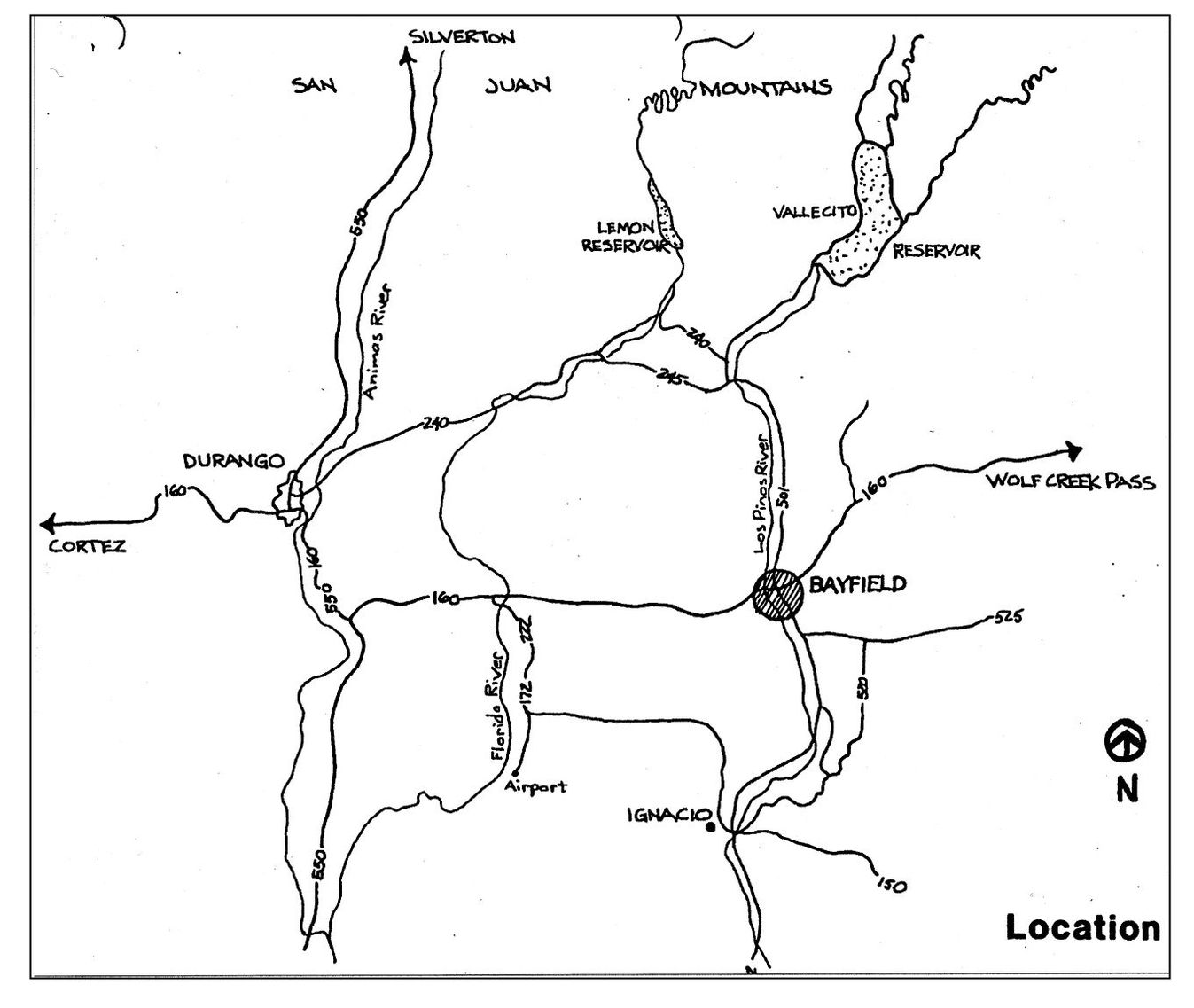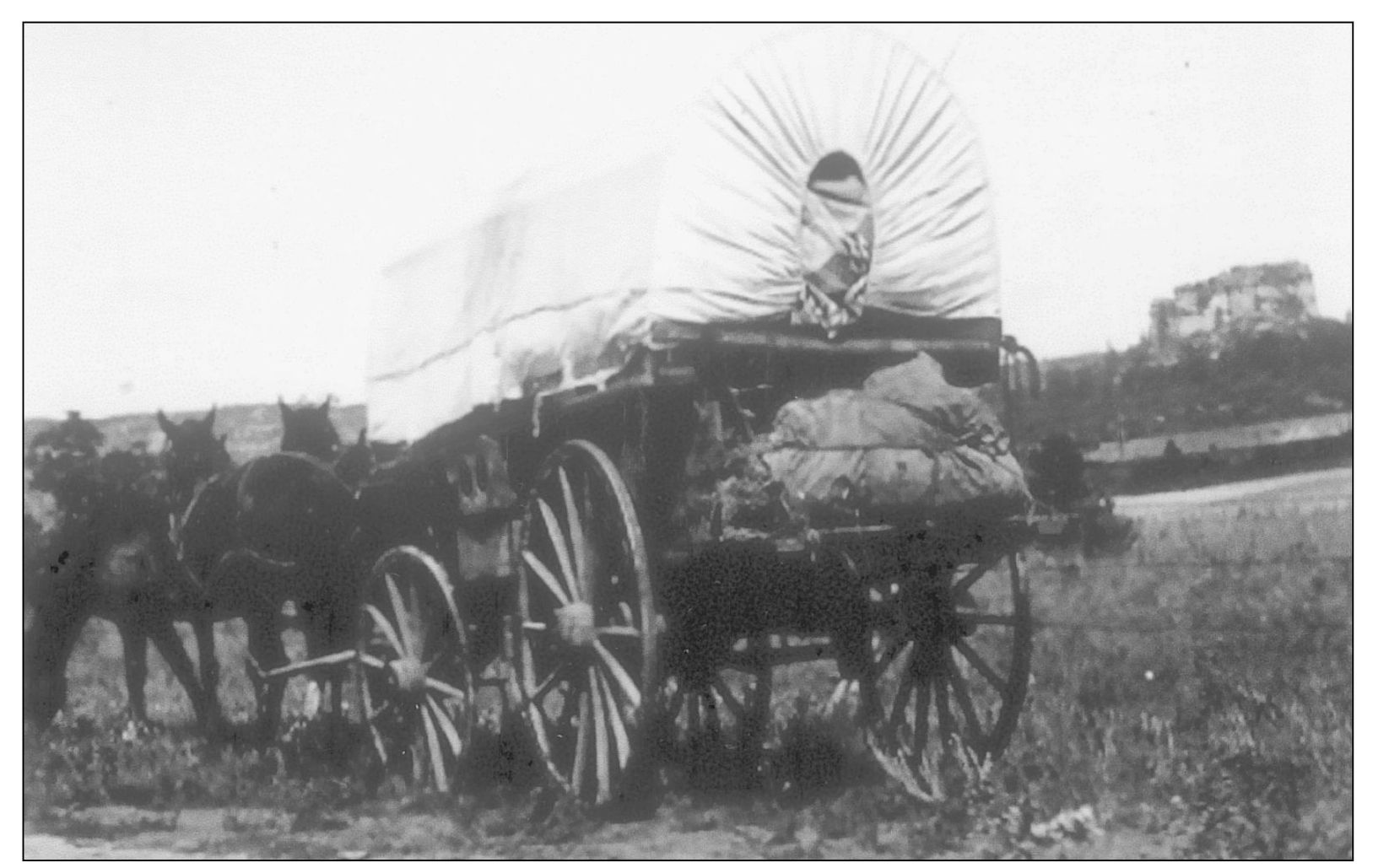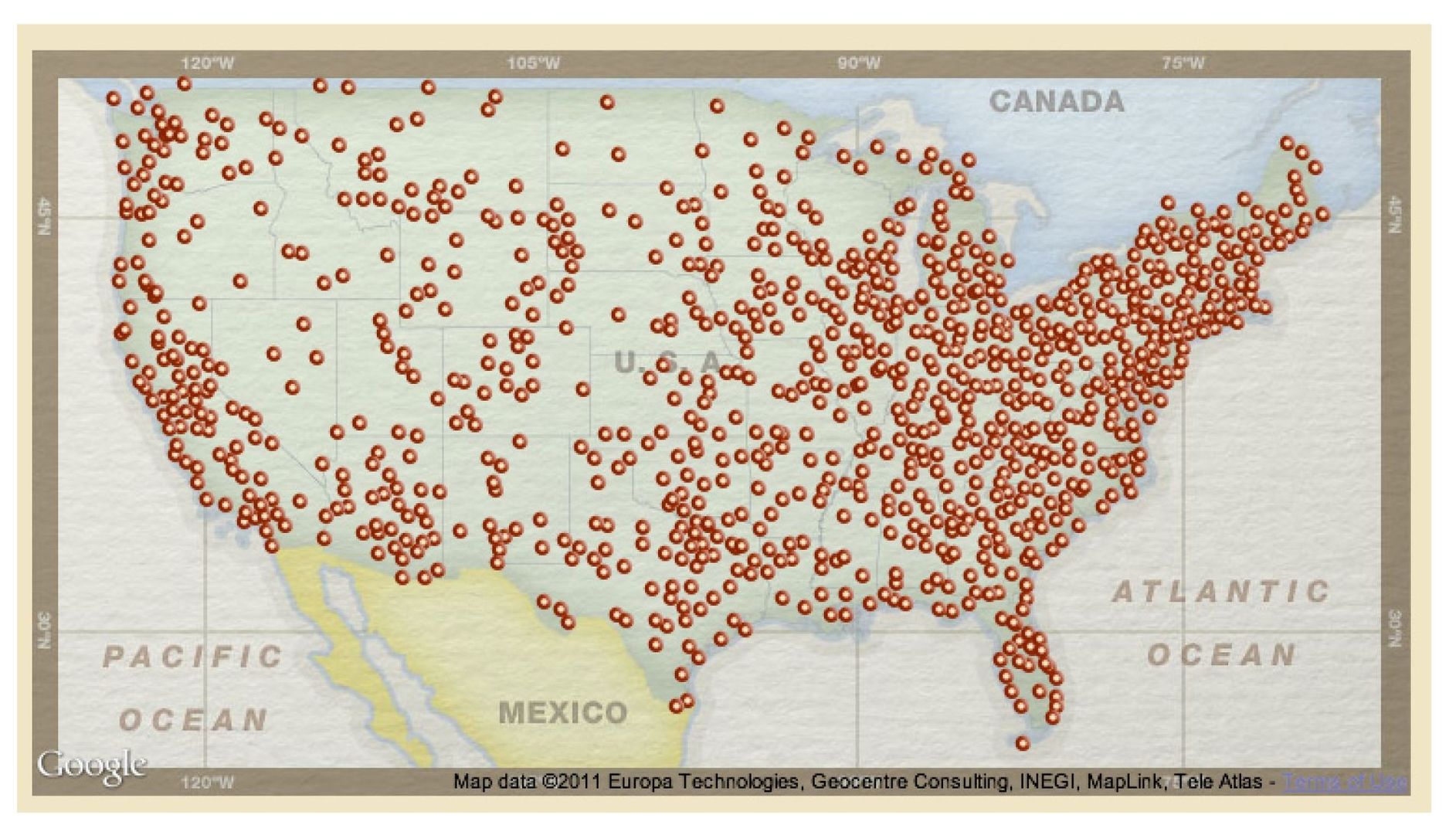One of the Last Best Places
Laddie John has produced a labor of love. This small book on the Pine River Valley and the town of Bayfield, Colorado has consumed him for several years as he has sought out historic photographs, interviewed old-timers (though he himself is long past 65), and tried to assemble bits and pieces of local history to create this meaningful mosaic of time and place. It is always a pleasure working with dedicated amateur historians who bring to their work a love of the landscape and a deep understanding of those who have gone before.
I have learned much from Laddie as he wrote this book, and I am looking forward to long hikes into the San Juan Mountains and the Weminuche Wilderness, which is the vast mountain massif to the north of the Pine River Valley. Wilderness is vital and important to us, and it is the one natural resource that can be lost but never recovered. Wallace Stegner, Edward Abbey, and a host of eloquent writers have written about wilderness and its meaning.
Southwestern Colorado and the Pine River Valley remains unique in the history of the American West because it was settled so late after being carved out of lands traditionally reserved by Ute Indian bands. While much of America has been plowed or paved or built upon, the Pine River Valley exists as an intact cultural landscape, though equity migrs from other states are building expensive summer homes, and the pioneer families Laddie writes about can no longer survive on ranch incomes alone.
Irrevocable change is occurring in the valley as farms and fields give way to part-time residences, yet the mountains remain and dominate the landscape at the north end of the Pine River Valley. Some of the finest hiking and fishing in the Rocky Mountains can be found between Bayfield to the south and Twilight Peak and the Needles Mountains to the North. And then there are the high altitude lakes like Emerald Lake, Little Emerald Lake, Four Mile Lake, Flint Lake, Crater Lake, Lake Eileen, and others.
The Conservation Congress drafted many significant pieces of federal legislation in 1964, in part to commemorate the death of John F. Kennedy. With that, Congress gave us the Clean Air Act, the Clean Water Act, and Wild and Scenic Rivers, but most importantly they gave us wilderness. Pioneers into the Pine River Valley in the 1880s and 1890s would have had plenty of wilderness, but by the 1960s, very little roadless public land remained. The Wilderness Act preserves roadless areas in national forests like the San Juan National Forest. Humans are only visitors into wilderness areas, and we must travel on foot or on horseback. Mechanized travel is not permitted and helicopters can land in emergencies only with special permission of the Secretary of Agriculture.
The 500,000 acre Weminuche Wilderness north of the Pine River Valley is the largest wilderness area in Colorado, and one of the main trails follows Vallecito Creek, which is a tributary of the Pine River. Mountains have deep meaning for those of us in southwestern Colorado who have chosen to live here, because we value landscape and isolation. We live four-and-a-half hours from the nearest interstate highway system, and we are rewarded with some of the cleanest air in the United States.
We value these high mountain valleys just as the pioneers did before us, and the Moache and Capote bands of Ute Indians before them. The poet Robinson Jeffers wrote, But for my children, I would have them keep their distance from the thickening center; corruption never has been compulsory; when the cities lie at the monsters feet there are left the mountains.
Laddie John has written and edited this photography book because he believes in the spirit of place, and he believes that the architecture of the pioneers must be remembered. Yes, they would still recognize the valley, but they would not believe the boats on Vallecito Lake or the many hikers or fishermen. Pioneers fought hard to live off the land. They had little time for recreation. T.K. Whipple understood their generation and our generation perfectly. He wrote:
All America lies at the end of the wilderness road,
And our past is not a dead past, but still
lives in us.
Our forefathers had civilization inside themselves,
The wild outside. We live in the civilization
They created, but within us
the wilderness still lingers.
What they dreamed, we live, and what they lived,
We dream.
Enjoy this book by Laddie John and visit the Pine River Valley. Hike the trails around Vallecito Lake and breathe deeply when you cross the boundary into the Weminuche Wilderness.
Our forefathers, the families that Laddie writes about, had three things we have lost in the 21st century. They had silence, solitude, and darkness at night under a canopy of stars. Enter the Weminuche Wilderness at the upper end of the Pine River Valley and experience a pristine mountain landscape. Listen to Vallecito Creek as it tumbles through the rocks hundreds of feet below and think about nature as it was meant to be.
Andrew Gulliford
Director
Center of Southwest Studies
Professor of Southwest Studies and history
Fort Lewis College, Durango
This is the back of James McKinneys covered wagon, as he and his family move from Bayfield and the Pine River Valley in 1913. Many of the people living in the valley and Bayfield today are successors of original settlers who came in and settled this part of Gods country: the beautiful Pine River Valley. (Courtesy of Barb Fjerstad.)
Find more books like this at
www.imagesofamerica.com
Search for your hometown history, your old
stomping grounds, and even your favorite sports team.

